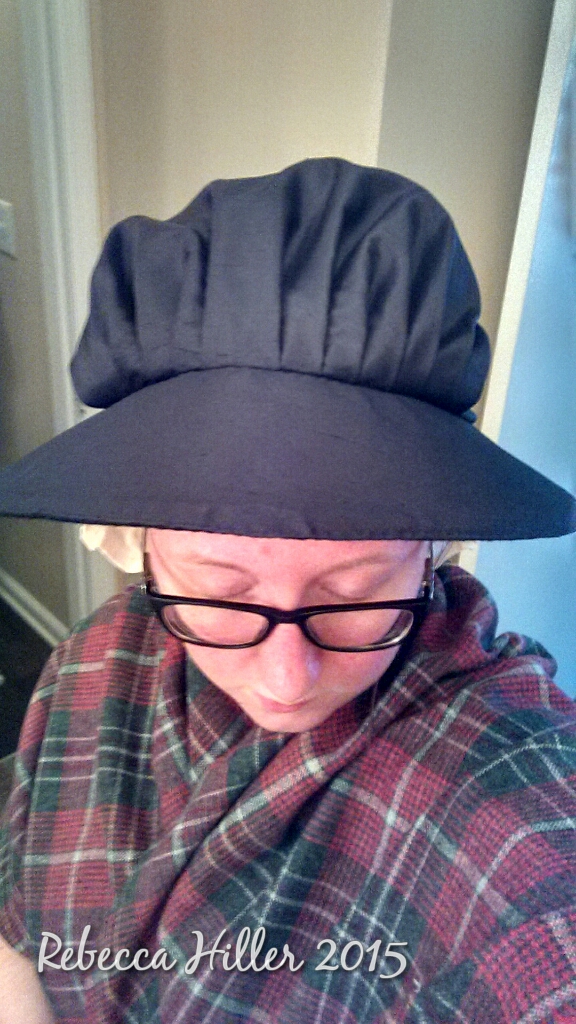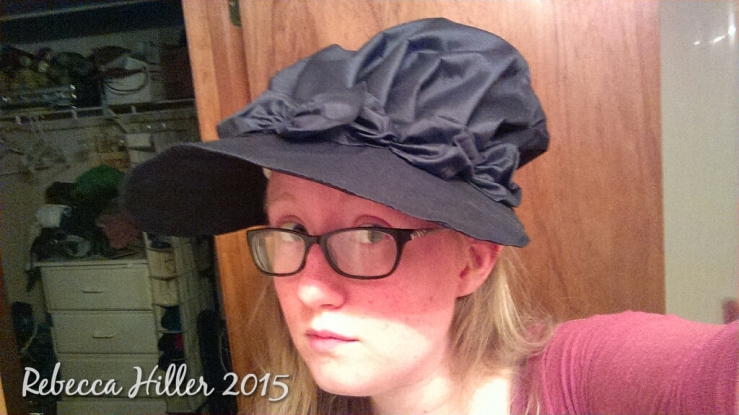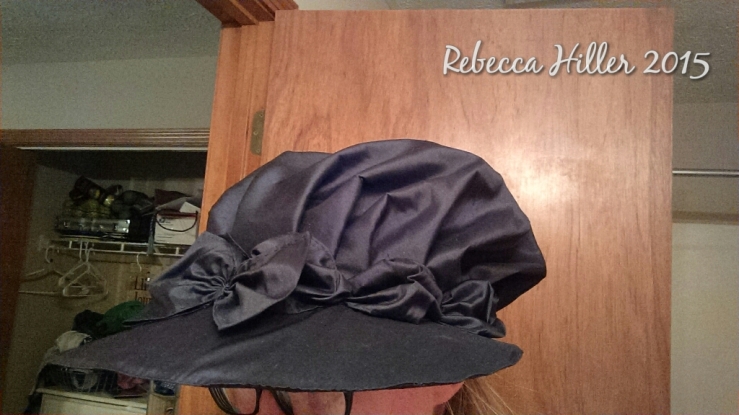It’s been awhile since I’ve posted anything, but I’ve been hard at work on different projects, especially ones leading up to this event. Historic Mansker’s Station near Nashville, TN, is the site where I first started reenacting and it’s always held a special place in my heart. Every year in early April they have a historical event focusing on historical trades, which I have attended for the last 3 years representing 18th century mantuamaking.


I had several examples of late 18th century style handsewn gowns and accessories on display. Many of the attendees of this event (especially on the first day, which is primarily for school groups) are young children, and it was really fun to engage them in age- appropriate discussion about the intricacies of 18th century fashion. There were several adults who stayed in our tent for quite some time, and we had very enjoyable and hopefully informative conversations about lots of commonly misunderstood things about historical fashion.
Also, for the first time ever, I got to do an 18th century hair demonstration on my very patient friend Rachel. I used Heirloom Haircare’s pomade and powder, and various techniques I learned from the amazing book 18th Century Hair and Wig Styling by Kendra Van Cleave.



I kept my historical hairdressing tools out, and used them to explain 18th century hair care to visitors who didn’t get to see the hair demonstration. It was a really fun event (especially the second day when it wasn’t so cold), and I am looking forward to next year’s where I am planning on a dress-in-a-day demonstration.
Rebecca
(All photos in this post were provided by my sister Hannah who wore an jacket I made for her that is based on Claire’s jackets from Outlander. I will do a post on that soon!)











